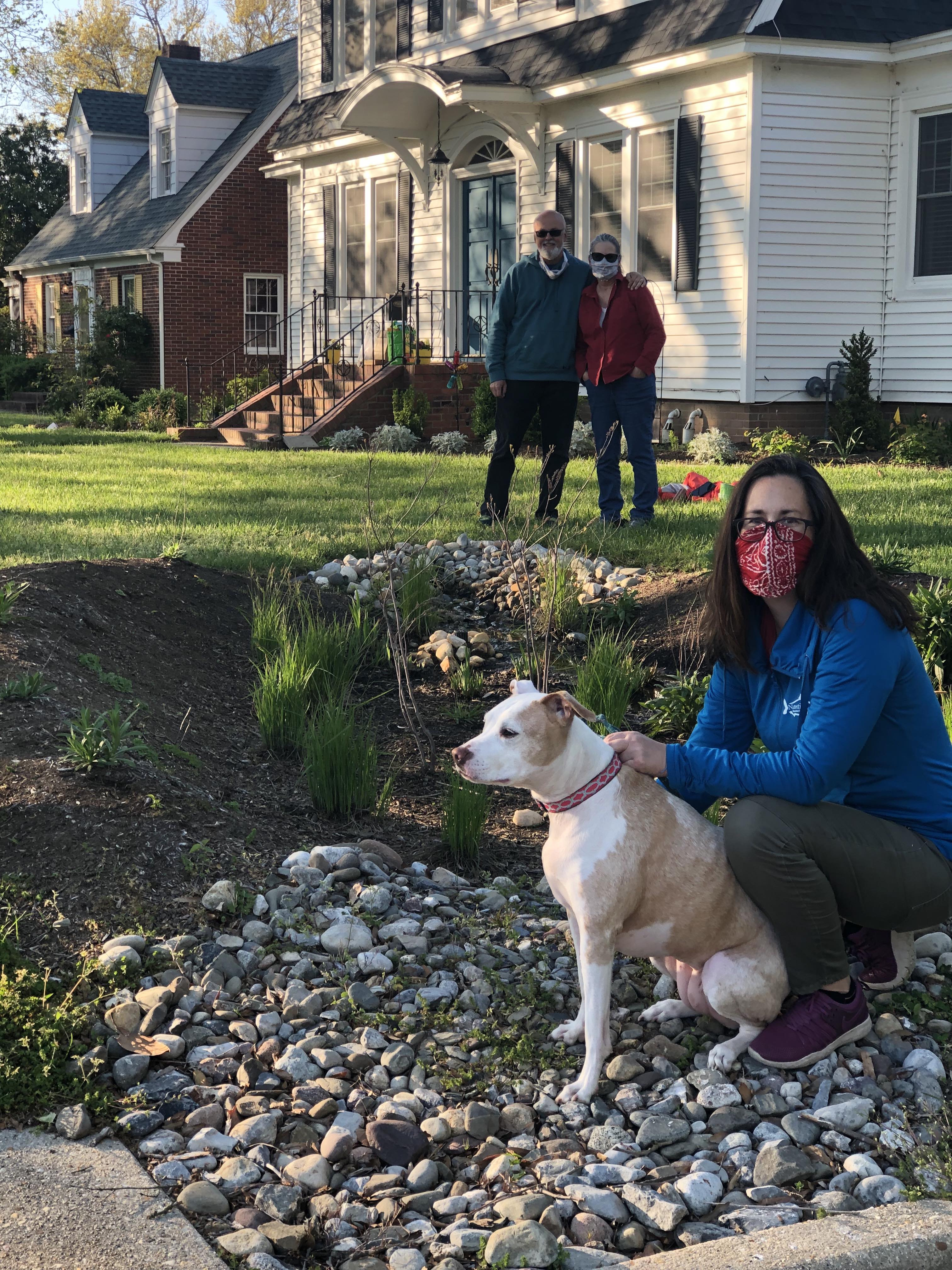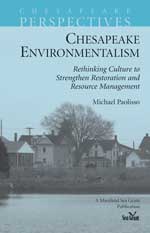Knauss legislative fellowships in Congress help build careers — and they're fun and educational. See our video and fact sheet for details.
Social Strategy: Social marketing and watershed restoration
When the Cambridge Clean Water Advisory Committee set out to help the City of Cambridge work with local residents and businesses to improve water quality in four Chesapeake Bay tributaries, its members knew that the toughest nut to crack was getting people to participate.
The committee’s 10-year plan, delivered in 2015, aims to improve the health of the Choptank and Nanticoke rivers and Cambridge and Jenkins creeks. Its first phase, the Cambridge Residential Stewardship Initiative (CRSI), focuses on educating homeowners about stormwater and helping them implement projects that naturally manage polluted runoff on their properties.
“We really wanted to understand the barriers residents are facing in engaging in clean water efforts, and then develop some responses to those barriers,” says Matt Pluta, the Choptank Riverkeeper and ShoreRivers’ director of Riverkeeper programs.
To help answer those questions, the committee turned to Jen Dindinger, not so much for her expertise as the Cambridge-based Maryland Sea Grant Extension regional watershed restoration specialist who had helped develop the 10-year plan, but for her skills in social marketing.
Social marketing is a social science-based strategy that first works to understand people’s motivations and barriers around certain behaviors. For example, rather than telling someone about how stormwater runoff affects water quality, a social marketing campaign to improve water quality might first determine why homeowners do or don’t pick up pet waste or use a rain barrel. The campaign would then create strategies around their barriers and motivations to achieve a desired behavior change toward the goal.
“We do surveys and observational research. We’re not making guesses about what kinds of people demographically will think or do,” says Dindinger. “The reasons people picked up pet waste was so their kids stayed healthy and they didn’t want it tracked in the house. The reasons others would leave it is because some thought it was OK, it wasn’t a big deal, it was fertilizer. No one’s barrier was, ‘I hate the Chesapeake,’ and no one’s benefit was, ‘I love the Chesapeake.’ It isn’t that simple.”
Dindinger and Amanda Rockler, also a Maryland Sea Grant Extension watershed restoration specialist, are trained in social marketing and as such are key behind-the-scenes players in a multitude of clean water initiatives around the Bay geared to meet local TMDLs (Total Maximum Daily Loads) or WIPs (Watershed Implementation Plans). Though they may not be on these projects’ front lines, their expertise is critical support for local nonprofits and other groups who may not have the staff, skills, or time to gather the data.
“We’ve done 14 rain gardens or conservation landscaping projects on residential properties, and we have six more scheduled for late summer and early fall. Jen’s work was step one to getting that done,” says Lisa Wool, executive director of the Nanticoke Watershed Alliance, which is heading up the Cambridge Residential Stewardship Initiative. “Having someone like Jen with that skillset is really helpful when you’re a small nonprofit.”

Dindinger led a focus group comprised of multiple stakeholders in Dorchester County and Cambridge to begin to identify the questions that would become a community survey. Data from the survey would be used to help land an $85,000 National Fish and Wildlife Foundation grant that would fund phase one of the 10-year plan.
This phase also included two public workshops, and the survey data helped focus the second workshop’s messaging to respond to people’s concerns.
“The first workshop we talked more about stormwater issues. In the second, it was like, ‘Do you have a soggy spot in your yard?’ Or, ‘Do want to build a rain garden? Come to our workshop,’ rather than saying, ‘Do you want to improve water quality?’’’ Wool says. “That was our gateway to getting them involved, handling a problem they already had and helping them resolve it.”
The data was also used to identify people’s primary concerns about their community, Pluta says, and water quality didn’t even make the list; rather, people wanted less crime, better education, more jobs, and economic growth.
“Environmental issues didn’t even come up in the barriers question,” Pluta says. “This was telling us in a sense what we’re working with, a community that doesn’t necessarily see water quality as a priority issue. So that helped us ask, what is it going to take to get people engaged in this effort? We know we can’t ask them to engage financially, and we would need to supplement them.”
Pluta says that developing the survey and analyzing its results right from the start was key.
“As subtle as this might be, it helps to focus and give us a straight path forward when we have this information. We’re all science-based organizations. We want to take as much relevant data as available and use that to inform our decisions. In this case we had to do some data collection at the onset of the project to make sure we understood the audience.”
During the COVID-19 shutdown, Rockler and Dindinger have continued their work, albeit in different forums. In early summer they gave a workshop via Zoom at the Maryland 4H Issue Forum on Water Access and Quality, where they offered to help local 4H groups develop a social marketing campaign for a water quality goal they want to achieve.
“We don’t have to convince everyone to look at the world the way we do, we have to understand their motivations and work with them to promote behaviors that are positive for the community,” Dindinger told the group. “People may not care about trees, but they care about a nice-looking neighborhood. So, work with that motivation.”
Photo, top left: Watershed Restoration Specialist Jennifer Dindinger teaches a social marketing session at the 2015 Chesapeake Watershed Forum. Credit: Eric Buehl / MDSG Extension
See all posts from the On the Bay blog






